How to Make a Car Backfire
The term 'backfiring' describes any instance where car fuel is combusting somewhere other than the combustion engine. While this is usually something you'll want to avoid, an explosion in the exhaust or air intake systems will have a...
Method 1 of 2:
Backfiring Older Models
-
 Consider the reasons that cars backfire. While backfiring can be done manually with relative ease in old cars, it's important you have an understanding of what backfiring is, and what causes it. A misplaced spark or unexpected burst of fuel or air will cause a loud burst from the engine. While modern cars come equipped with systems to regulate these aspects via an Engine Control Unit (ECU), older cars (roughly before 1990) are far more malleable. [1]
Consider the reasons that cars backfire. While backfiring can be done manually with relative ease in old cars, it's important you have an understanding of what backfiring is, and what causes it. A misplaced spark or unexpected burst of fuel or air will cause a loud burst from the engine. While modern cars come equipped with systems to regulate these aspects via an Engine Control Unit (ECU), older cars (roughly before 1990) are far more malleable. [1]- It's important to keep in mind the reasons why regulating systems were installed in the first place. Excessive backfiring is very unhealthy for your vehicle, and can ultimately result in having to replace parts.
-
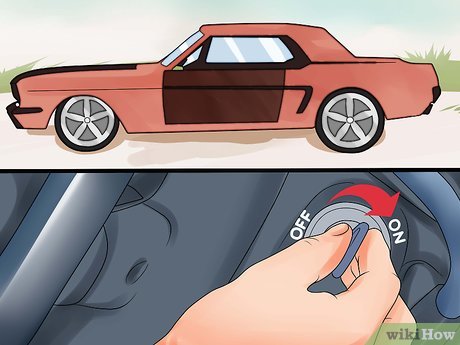 Start your vehicle. Bring it to a steady rev. Prepare the vehicle as you regularly would. Normal safety checks (including dripping oil) are much more important here, as you'll be charging an open flame.
Start your vehicle. Bring it to a steady rev. Prepare the vehicle as you regularly would. Normal safety checks (including dripping oil) are much more important here, as you'll be charging an open flame.- The location in which you do this must be open, and relatively free of things that might get caught by the flame. This includes anyone who may be watching. Keep that at a healthy distance-- around 10 meters (33 ft) should be good.
-
 Turn the engine off again, with your foot on the gas pedal. This will prep your car for some backfiring. Ideally, you don't want to start moving fast while you're turning on the engine, so keep the pressure light.
Turn the engine off again, with your foot on the gas pedal. This will prep your car for some backfiring. Ideally, you don't want to start moving fast while you're turning on the engine, so keep the pressure light. -
 Wait a few seconds, then restart the car. Keep your foot on the gas pedal as it starts up. Once it's up, press the accelerator down as hard as you can. This should cause the car to backfire.[2]
Wait a few seconds, then restart the car. Keep your foot on the gas pedal as it starts up. Once it's up, press the accelerator down as hard as you can. This should cause the car to backfire.[2]
Method 2 of 2:
Backfiring Modern Cars
-
 Be aware that your car may already backfire. Some modern sports cars actually backfire intentionally when it comes time to decelerate. This is mostly done to add to the car's presence and bravado. Considering it is much more difficult to properly backfire a more recent model, you might want to exploit the existing opportunities. Try decelerating after hitting a decent (~60mph) speed, and see if you can hear it. Better still, get a friend to watch the exhaust as you drive and decelerate. [3]
Be aware that your car may already backfire. Some modern sports cars actually backfire intentionally when it comes time to decelerate. This is mostly done to add to the car's presence and bravado. Considering it is much more difficult to properly backfire a more recent model, you might want to exploit the existing opportunities. Try decelerating after hitting a decent (~60mph) speed, and see if you can hear it. Better still, get a friend to watch the exhaust as you drive and decelerate. [3] -
 Equip your vehicle accordingly. Modern cars (roughly after 1990) require more tweaking before they can backfire safely. Because the ECU is there as a failsafe against backfiring, the chassis of the car isn't designed to normally withstand it. A sturdier exhaust port (such as the Tomei Type 80) will minimize damage to the car's body.
Equip your vehicle accordingly. Modern cars (roughly after 1990) require more tweaking before they can backfire safely. Because the ECU is there as a failsafe against backfiring, the chassis of the car isn't designed to normally withstand it. A sturdier exhaust port (such as the Tomei Type 80) will minimize damage to the car's body. -
 Install a new ECU input. Depending on the model of car, there should be a port With a Flash Tune Kit (or something along the lines of it) hooked up to your car, you'll be able to modify the ECU software directly. Changing (or 'modding') the ECU software will change the times and rates in which fuel is injected. Unfortunately ECU modding hardware and software is fairly expensive, and might put you back over $1000 dollars.[4]
Install a new ECU input. Depending on the model of car, there should be a port With a Flash Tune Kit (or something along the lines of it) hooked up to your car, you'll be able to modify the ECU software directly. Changing (or 'modding') the ECU software will change the times and rates in which fuel is injected. Unfortunately ECU modding hardware and software is fairly expensive, and might put you back over $1000 dollars.[4]- Keep in mind ECU mods are often specific to certain models, so you might have to do some searching before you find one that suits yours.
-
 Access and change the injection rates in the ECU. This is where it comes tricky, as it requires you have an existing knowledge of your vehicle's specifications. You want to figure out what engine RPM you want for your car to start backfiring. If you just want the roar and pop of a backfire, choose an RPM to cut all fuel. Input a higher number for a given RPM if you want the flames. It goes without saying that adding extra fuel is more dangerous; if you're relatively new to this, it's recommended you experiment with the safer route first.
Access and change the injection rates in the ECU. This is where it comes tricky, as it requires you have an existing knowledge of your vehicle's specifications. You want to figure out what engine RPM you want for your car to start backfiring. If you just want the roar and pop of a backfire, choose an RPM to cut all fuel. Input a higher number for a given RPM if you want the flames. It goes without saying that adding extra fuel is more dangerous; if you're relatively new to this, it's recommended you experiment with the safer route first.- Although the particulars will vary depending on the model of car and type of ECU kit, generally speaking, you will want to access the input and cut fuel intake at the RPM you'd like your car to pop at. If you're using a Flash Tune Kit, for example, input the given RPM intake as the most negative integer the system will accept. Input these negative integers (e.g. -15 etc.) to encompass the range of a couple hundred RPMs. This will essentially 'trick' your engine into popping.
- Entering a number incorrectly could inadvertently destroy your car. It is not recommended you even consider doing this without some expertise in motorworks.
4 ★ | 2 Vote
You should read it
- How to use Cars 4D + automotive screenings and 4D car kits
- Sony is producing cars, with 33 sensors, this will be the 'most sensitive' car in the world
- Take a ride on Tesla's self-driving car and watch the self-driving Tesla car video on the real road
- How to Buy and Sell Cars for Profit
- The cause of cars burning and timely handling
- Guidance on registration of cars, granting of license plates via the Internet
- The EU aims to bring speed limiting technology to all cars in the near future
- Dizziness watching the reconstruction of the Formula 1 racing car shattered after 12 hours
- Will Tesla become a BlackBerry version of electric cars?
- In the future, cars may be equipped with safety airbags outside the car
- You can hack Mazda cars with USB Flash Drive
- How to Talk Cars
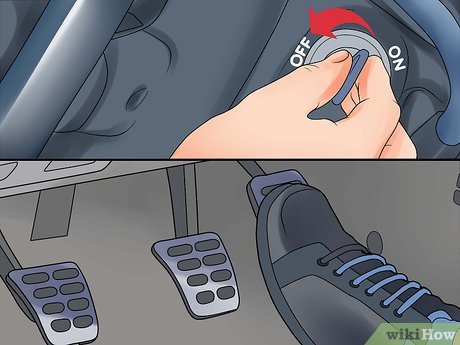
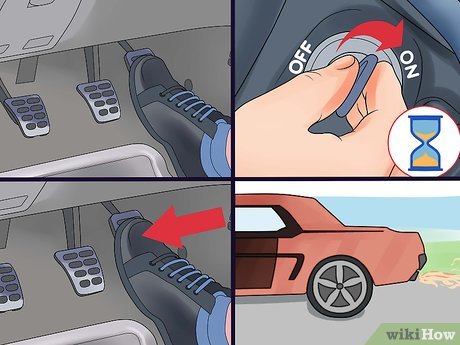
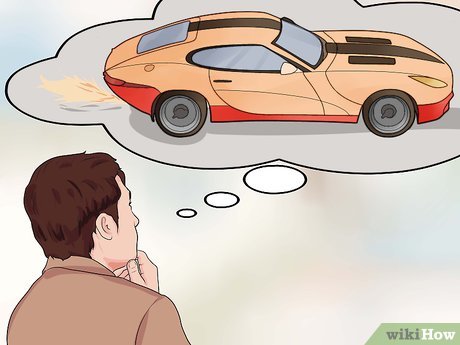
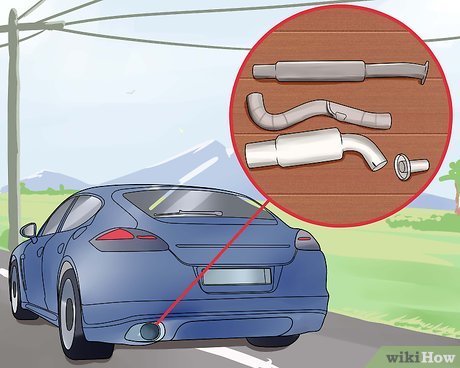
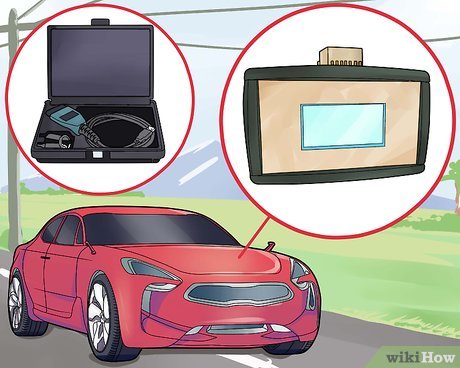
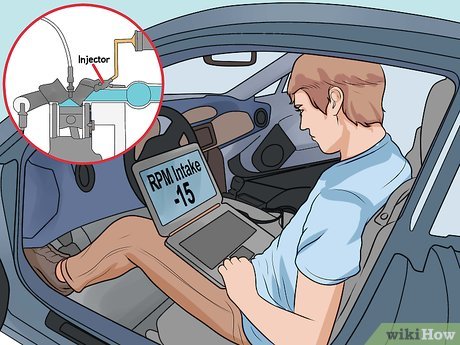






 How to make a simple yet delicious carrot jam
How to make a simple yet delicious carrot jam Instructions for making simple creams do not require an ice cream machine
Instructions for making simple creams do not require an ice cream machine How to make taut apple jam, delicious on Tet holiday
How to make taut apple jam, delicious on Tet holiday How to make money by Kwai
How to make money by Kwai How to make your own baby stickers on Microsoft Word
How to make your own baby stickers on Microsoft Word How to make coconut jam more natural colors without color
How to make coconut jam more natural colors without color